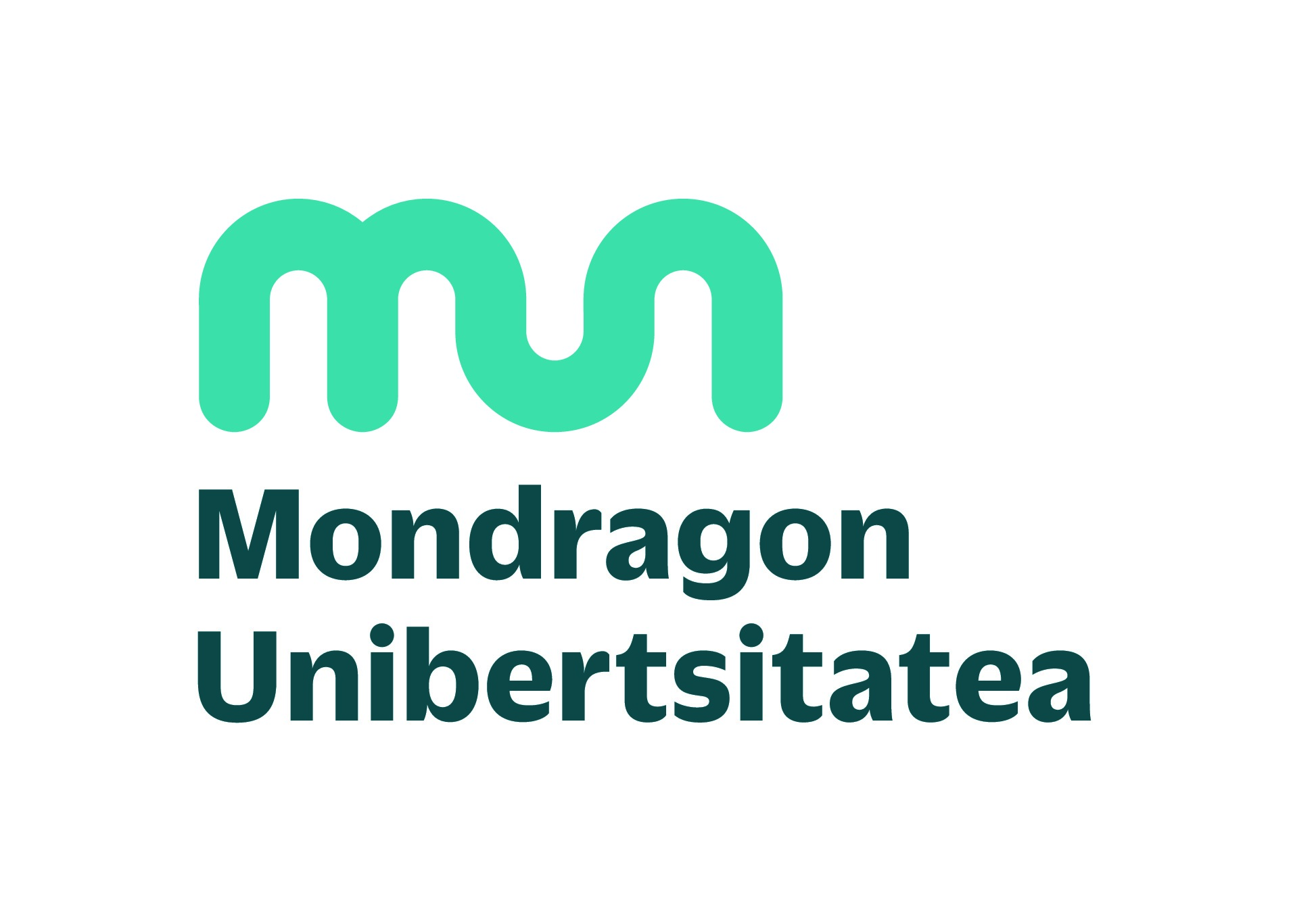Additive manufacturing of continuous fiber composites

DESCRIPTION
This asset is suitable for open innovations in which technologies (printers, software, characterization) and personnel carry out technological viability studies (new materials, prototypes, industrialization...). The service is focused in three areas:
1. Printing of continuous fibre composites.
2. Manufacture of prototype moulds (Infusion, RTM...) and tools for composites.
3. Printing of electronics (embedded systems) in composites.
The assets can be connected to the network, as the process programming/simulation software is in the cloud and remote control of the printers is available. In addition, non-contact infrared thermocouples (OS-MINIUSB-SN21, Omega Engineering) have been installed to record the temperature of each printed layer.
MOST OUTSTANDING EQUIPMENT AND COMPONENTS
1 JCR 1000 (1000 mm × 600 mm × 600 mm) FFFManufacture of prototype moulds (Infusion, RTM...) and tools for composites. The versatility of the JCR 1000 (Sicnova) is based on its large printing volume (1000 mm x 600 mm x 600 mm) and the possibility of printing any type of plastic, since it is possible to modify/program all printing parameters. The production of moulds and tools using 3D printing considerably reduces, compared to conventional machining techniques, both development times and costs.
Printing of electronics (embedded systems) in composites. The third available technology, ink printing, allows electronic circuitry to be printed, so new functions can be integrated into the plastic/composite parts. In the case of co-printing with continuous fibre composites, embedded systems can be integrated to monitor the state of the component (Structural Health Monitoring, SHM) and/or communications (RFID, IIoT). In the case of moulds and tools, the co-printing of electronics will allow intelligent systems to be developed with a higher level of connectivity.
Printing of continuous fibre composites. The MarkTwo (Markforged) allows you to work with continuous fibre composites (carbon, glass, Kevlar...) with high stiffness (40 GPa) and strength (700 MPa). The printing volume is 320 mm x 132 mm x 154 mm. Structural optimization based on simulations using finite elements method as well as topological optimization strategies, are the ideal complement for the development of new advanced products. In addition, non-conventional orientation (steered-fibers) can be obtained, ideal for inserts or complex geometry parts. There is also the possibility of testing new filaments for formulation optimization in order to manufacture and characterize their mechanical properties. Among the components that can be developed stand out the inserts that, when printing thermoplastic matrix composites, can be integrated into the plastic injection moulding process (over-injection).
SERVICES OFFERED BY THE ASSET

Collaboration and coworking

Demonstrators/showrooms of last generation additive manufacturing equipment and technologies

Design and printing of models, Jigs, prototypes and final parts

Development of new Materials

Education and training (Industry and Academy)
ENTITY MANAGING THE ASSET

Mondragón Goi Eskola Politeknikoa JMA SCoop
Contact person: Jon Aurrekoetxea Narbarte


